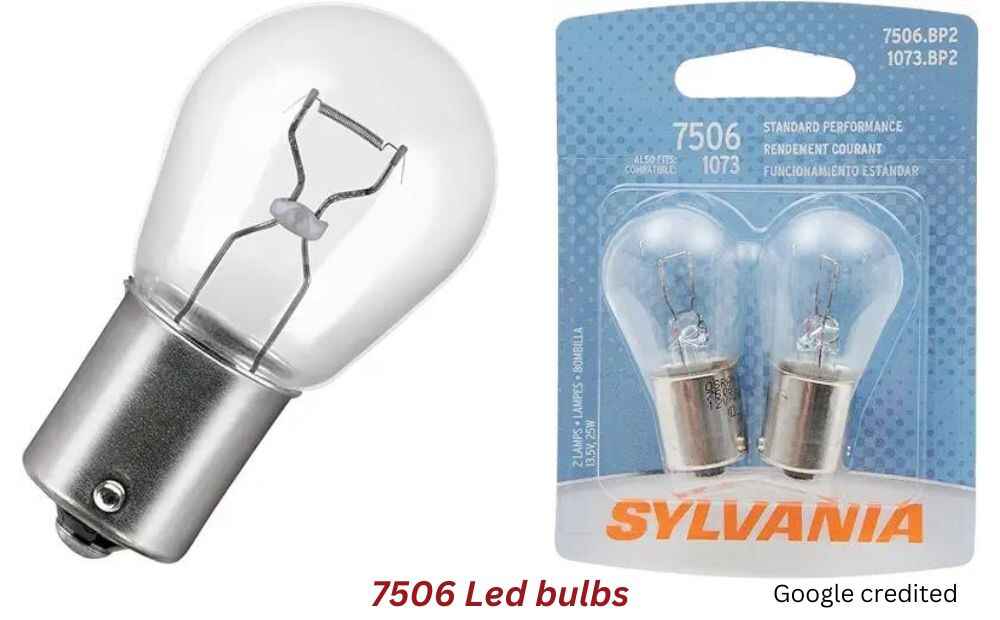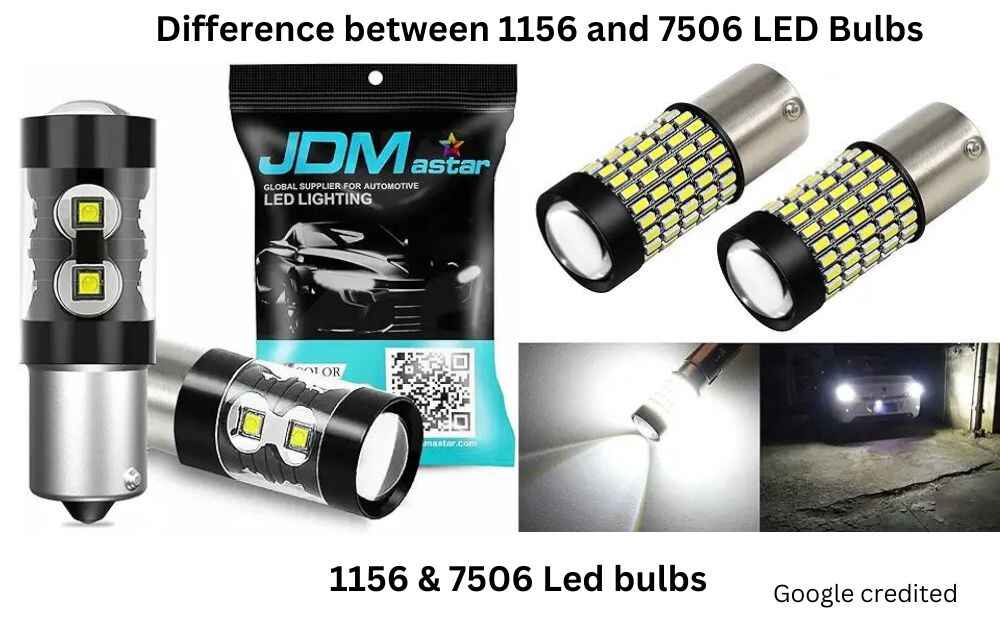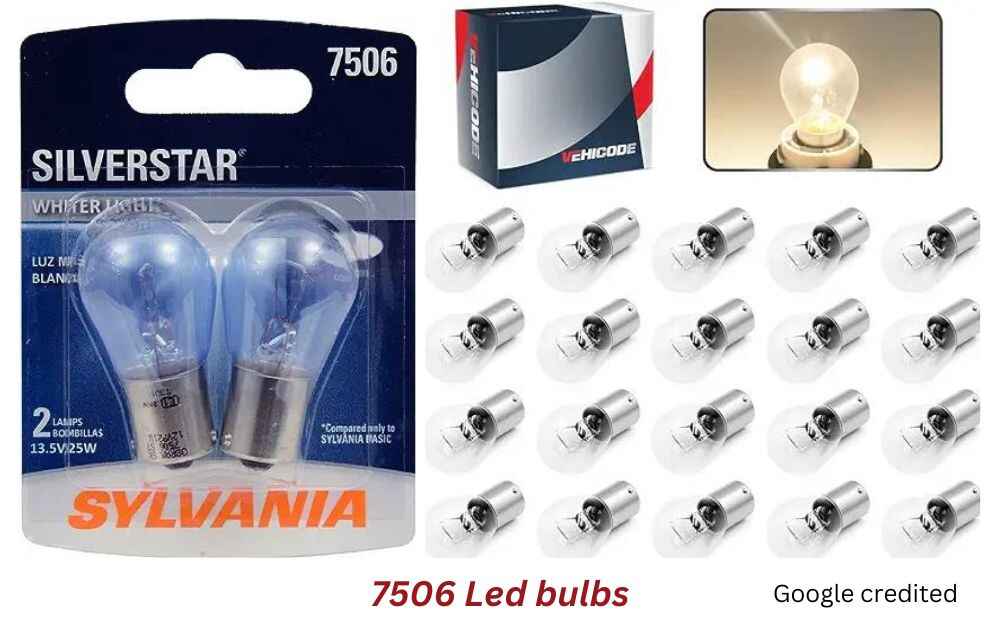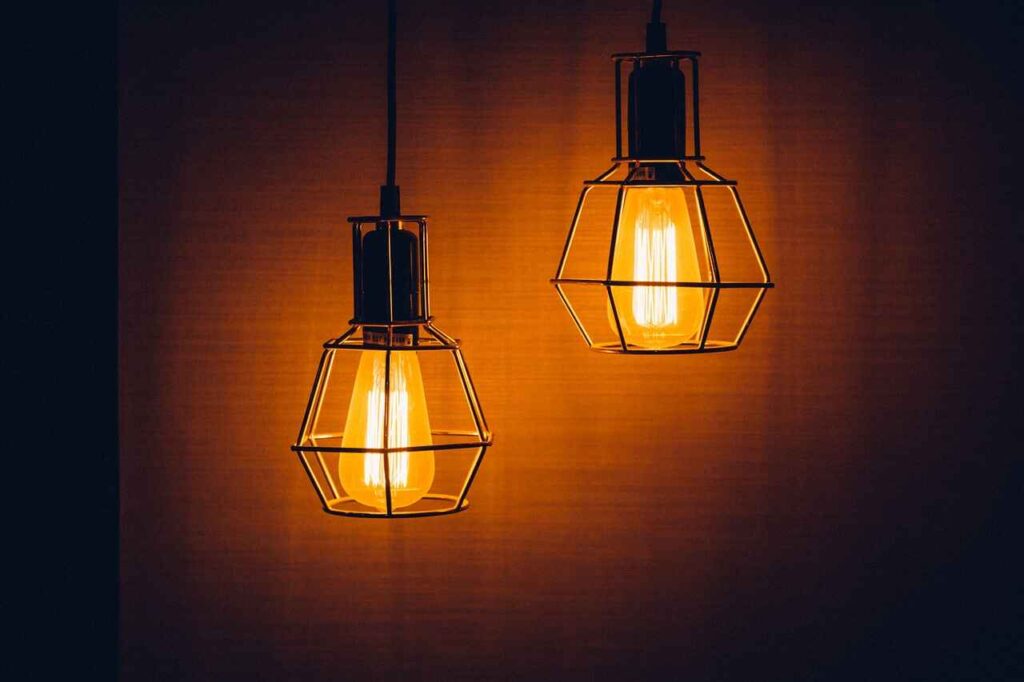Have you ever thought about all the ways you can use 7506 bulbs? They’re not just for cars—they work great in your home too! In this guide, we’ll show you all the different ways you can use these bulbs and how they can make your life easier. Whether you love cars or just want better lighting at home, this post will help you understand everything you need to know about uses of 7506 bulbs. Let’s explore together
A. What is a 7506 bulb?
A 7506 bulb, also known as a P21W bulb, is a type of automotive lamp primarily used for signaling and illumination purposes. It belongs to the category of miniature incandescent bulbs and is distinguished by its unique specifications.
B. History of 7506 bulbs
The 7506 bulb has a rich history dating back to its invention in the early 20th century. Originally designed for automotive applications, it has since found its way into various other sectors due to its versatility and reliability.
C. Key features of 7506 bulbs
7506 LED bulbs typically feature a single filament design and are constructed to withstand the rigours of automotive use. They come in a compact size with a standard base, making them compatible with a wide range of fixtures and sockets.
II. Automotive Applications of 7506 Bulbs
- Tail lights: One of the primary uses of 7506 bulbs in automobiles is for tail lights. These bulbs emit a bright, red light that serves as a warning signal to vehicles behind, indicating when the brakes are applied.
- Turn signals: 7506 bulbs are also commonly employed for turn signal lights. Their distinctive amber hue enhances visibility, allowing drivers to indicate their intention to change lanes or make turns safely.
- Brake lights: In addition to tail lights, 7506 bulbs are integral components of brake light systems. When the brake pedal is pressed, these bulbs illuminate instantly, alerting drivers behind to reduce speed and maintain a safe distance.
III. Household Uses of 7506 Bulbs
- Indoor lighting: 7506 bulbs are not limited to automotive applications; they also serve as reliable sources of indoor lighting. Whether used in ceiling fixtures, lamps, or recessed lighting, these bulbs provide ample illumination for various tasks and activities.
- Outdoor lighting: From porch lights to security floodlights, 7506 bulbs are versatile options for outdoor lighting needs. Their durability and weather-resistant design make them ideal for illuminating pathways, gardens, and outdoor living spaces.
- Decorative lighting: For decorative purposes, 7506 bulbs are available in various colors and styles to complement any aesthetic. Whether incorporated into string lights, festive displays, or accent fixtures, these bulbs add a touch of charm to any setting.

IV. Commercial and Industrial Uses of 7506 Bulbs
- Parking lot lighting: In commercial settings such as parking lots and garages, 7506 bulbs are often used in overhead fixtures to provide ample illumination for vehicles and pedestrians alike. Their energy-efficient design helps reduce operational costs while ensuring safety and visibility.
- Emergency lighting: In emergency situations, such as power outages or evacuation scenarios, 7506 bulbs play a critical role in providing essential lighting. Whether installed in exit signs or emergency lighting fixtures, these bulbs help guide individuals to safety.
- Signage lighting: 7506 bulbs are also employed in illuminated signage, such as storefront displays, billboards, and advertising signage. Their bright and long-lasting illumination ensures that messages and branding are prominently displayed day and night.
V. Benefits of Using 7506 Bulbs
- Energy efficiency: 7506 bulbs are designed to consume less energy compared to traditional incandescent bulbs, resulting in lower electricity bills and reduced environmental impact.
- Long lifespan: With an average lifespan ranging from 5000 to 10000 hours, 7506 bulbs offer long-lasting performance, minimizing the need for frequent replacements and maintenance.
- Cost-effectiveness: Despite their initial higher cost compared to incandescent bulbs, 7506 bulbs prove to be cost-effective in the long run due to their energy efficiency and extended lifespan.
VI. Difference between 7506 and 1156 bulbs
Understanding the difference between 7506 and 1156 bulbs helps you pick the right one. Both are popular for cars and homes, but they have different voltages and jobs.
The 7506 bulb, also called P21W, runs on 12 volts and is mainly for brake lights, turn signals, or backup lights in vehicles. On the other hand, the 1156 bulb works at a similar voltage and has more uses like tail lights, turn signals, and inside lights.
Despite small electrical variations, both give good light. People often prefer the 1156 bulb because it works for lots of different lighting needs.
Knowing these details helps you choose the best bulb for what you need, making sure it works well and lasts long. Explore the differences between 7506 and 1156 bulbs to make smart choices that boost safety and efficiency in cars and homes.
VII. Considerations for choosing the right 7506 bulb for your needs
When selecting a 7506 bulb, consider factors such as wattage, color temperature, and compatibility with existing fixtures to ensure optimal performance.

Conclusion
In conclusion, 7506 bulbs are versatile lighting solutions with applications ranging from automotive to household, commercial, and industrial sectors. Their energy efficiency, long lifespan, and cost-effectiveness make them an excellent choice for various lighting needs. Whether used for signaling, illumination, or decorative purposes, 7506 bulbs continue to shine brightly in diverse environments.
Frequently Asked Questions
What is the difference between a 7506 bulb and other bulb types?
7506 bulbs are specifically designed for automotive and signaling purposes, featuring unique specifications tailored to meet the requirements of vehicle lighting systems.
Can I use a 7506 bulb in any standard light socket?
While 7506 bulbs have a standard base, it’s essential to ensure compatibility with the intended fixture or socket to prevent damage or malfunction.
How do I know when it’s time to replace my 7506 bulb?
Signs of a failing 7506 bulb include reduced brightness, flickering, or complete failure to illuminate. It’s advisable to replace the bulb promptly to maintain optimal visibility and safety.
Hi, I’m Malik Suhail—an SEO expert, web designer, and passionate blogger with 2 years of experience. I specialize in crafting content that is not only informative but also tailored to meet the needs of my readers.
I write about diverse topics, always striving to simplify complex ideas and provide valuable insights that resonate with my audience. Whether it’s about SEO strategies, web design trends, or blogging tips, I am committed to delivering well-researched, practical, and easy-to-understand information.
My mission is to help readers navigate the digital world with confidence and clarity. I believe in adding value through authentic content that inspires action and delivers results.



